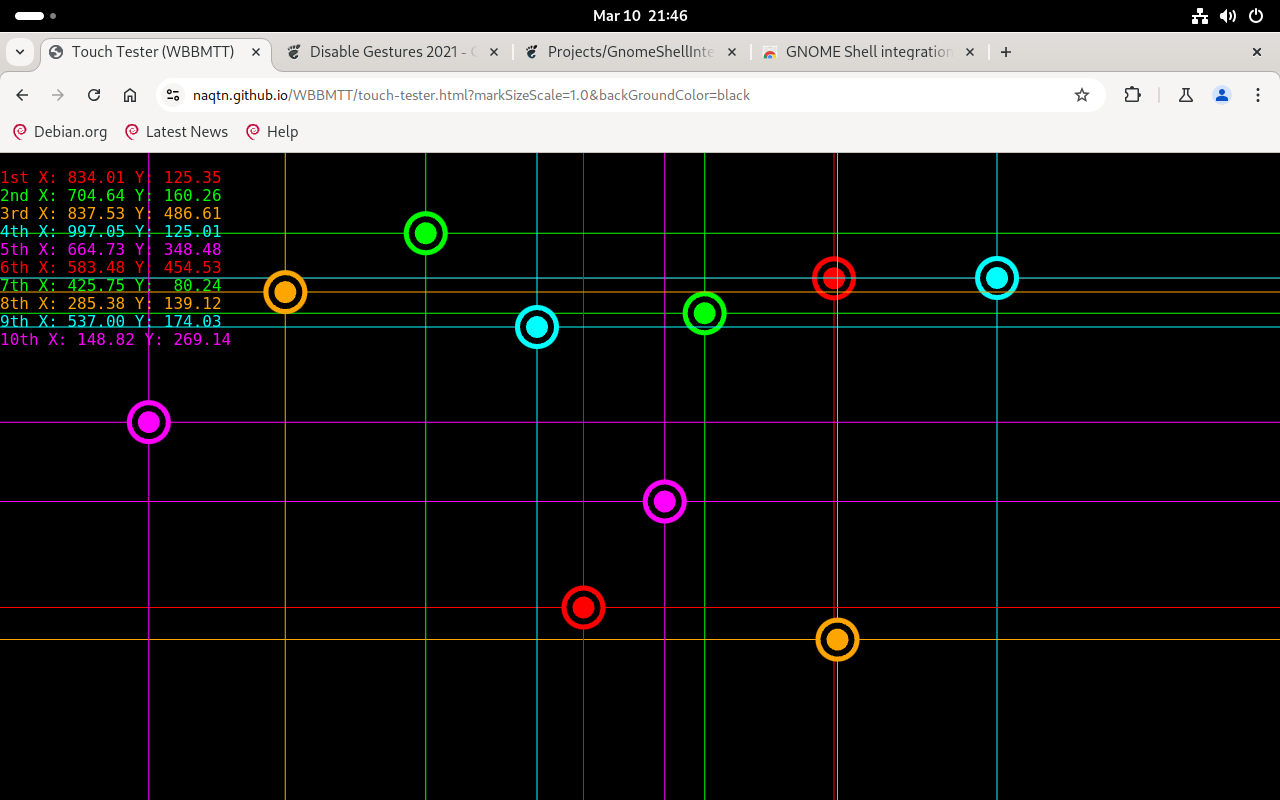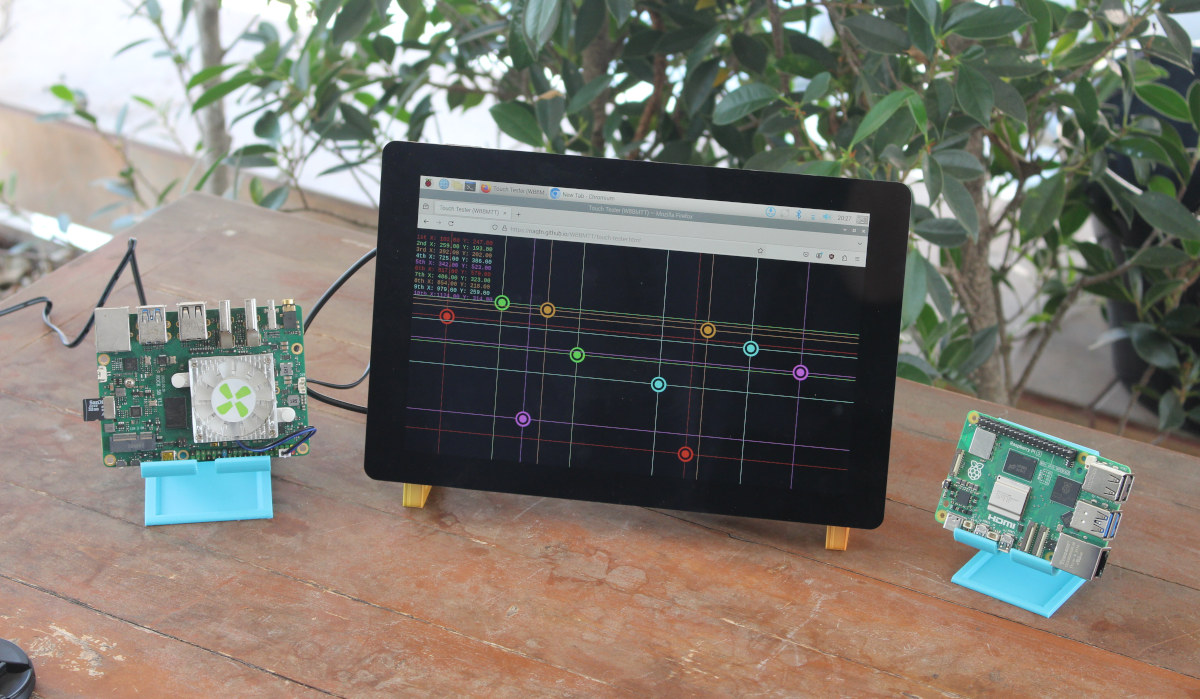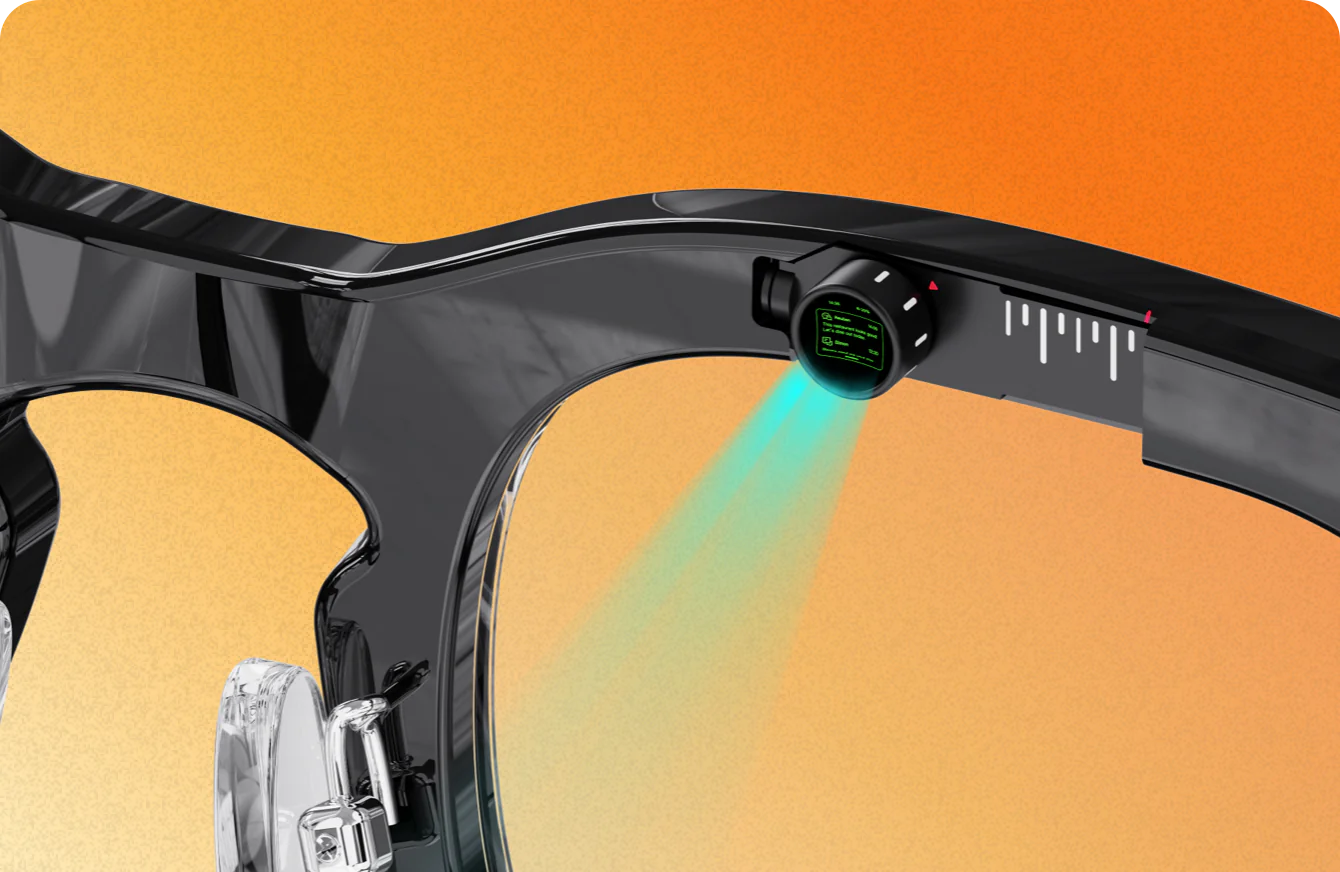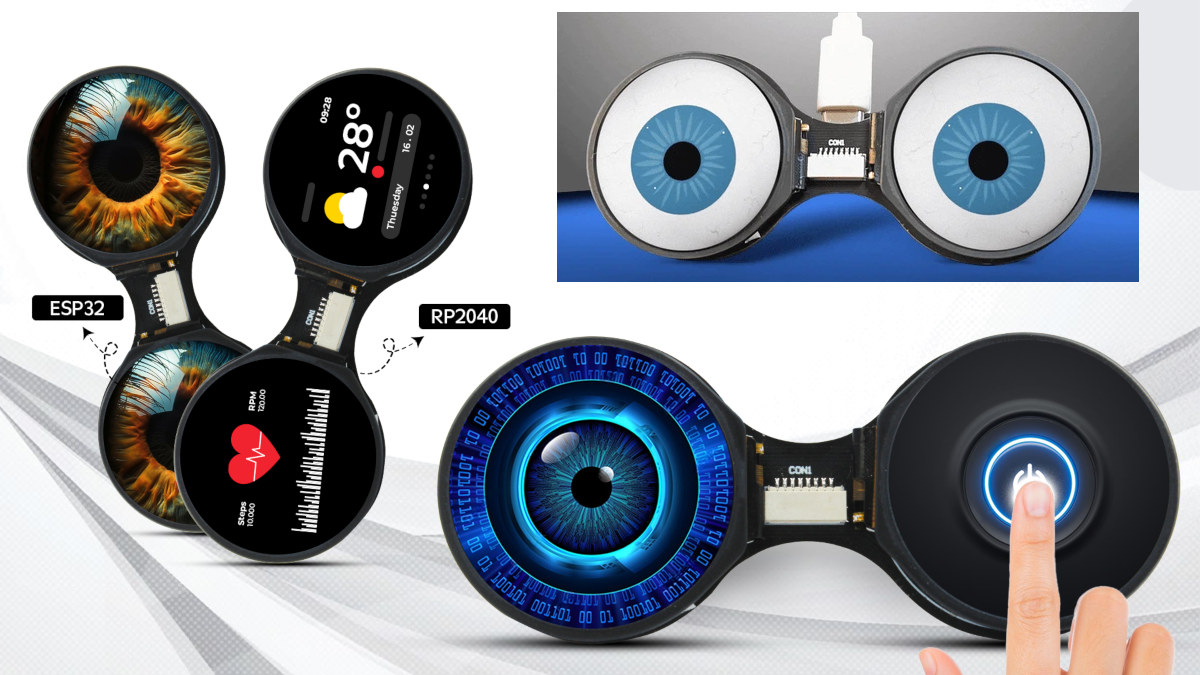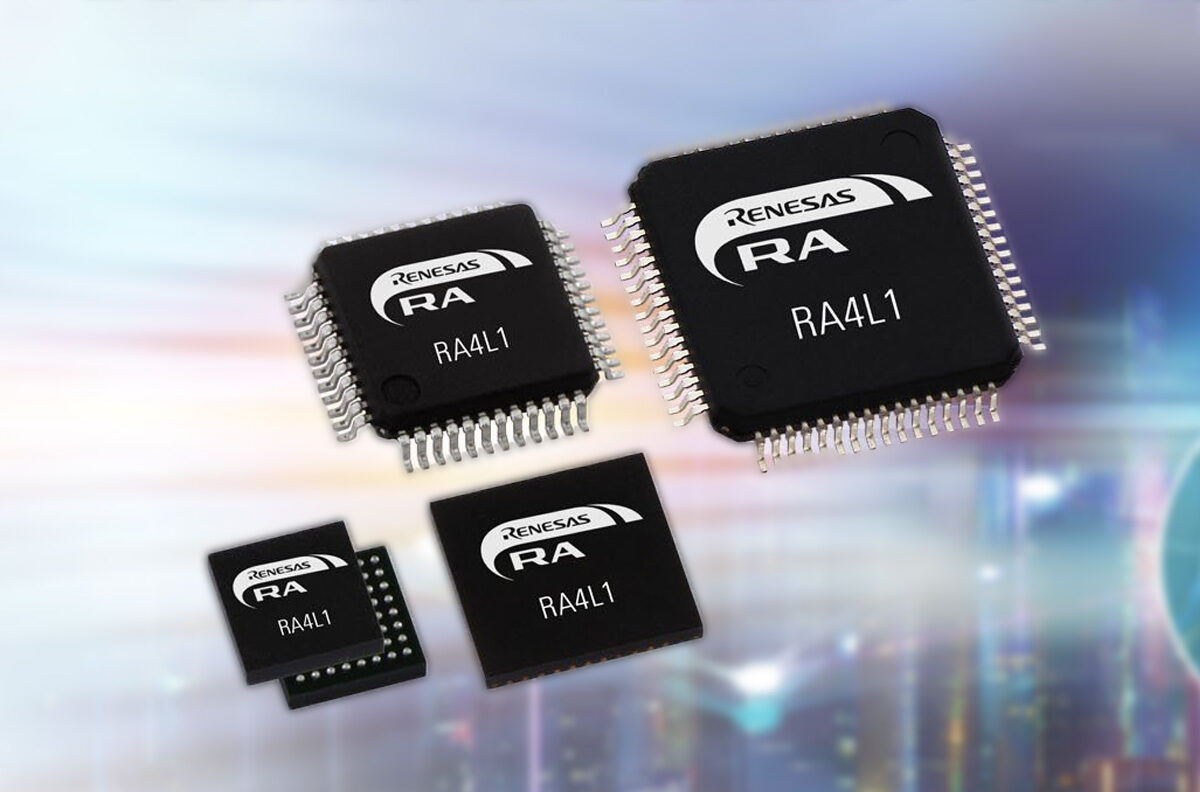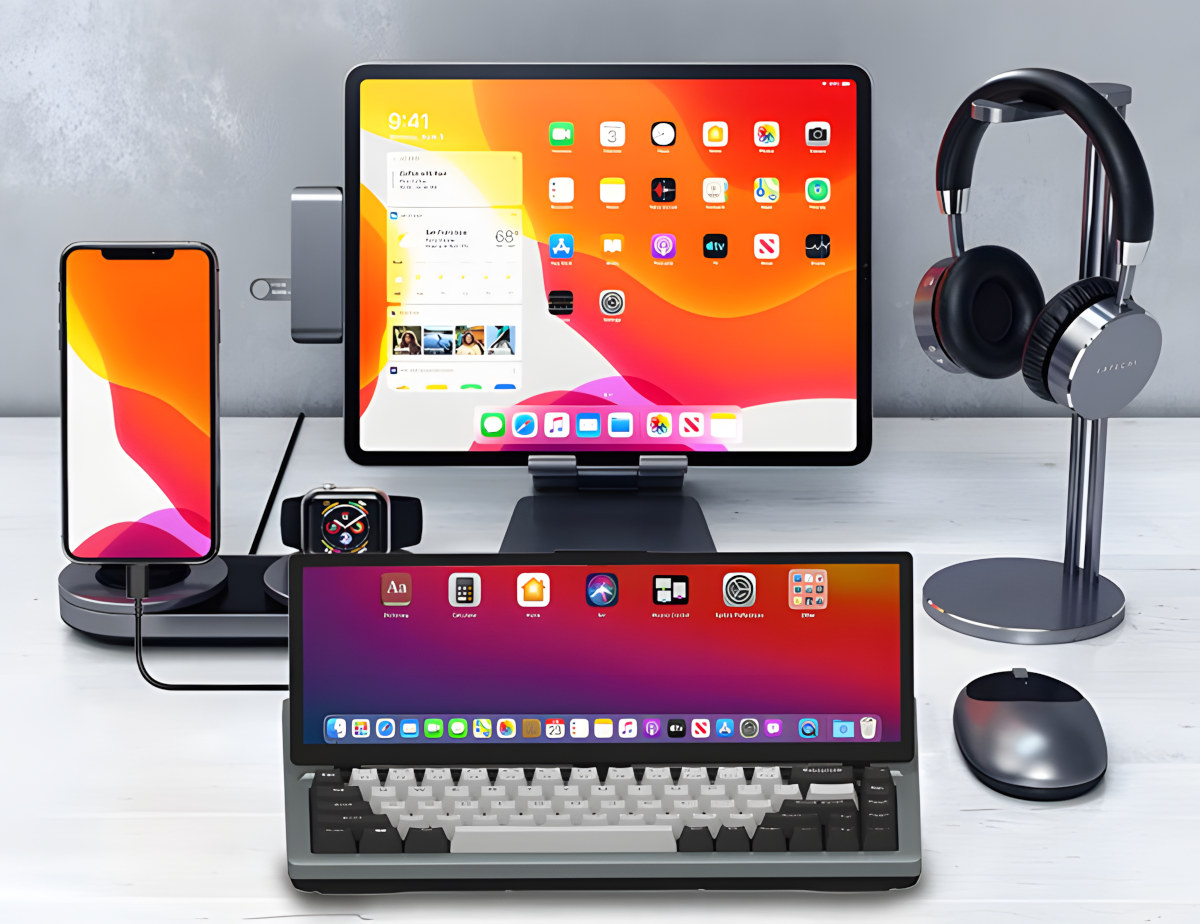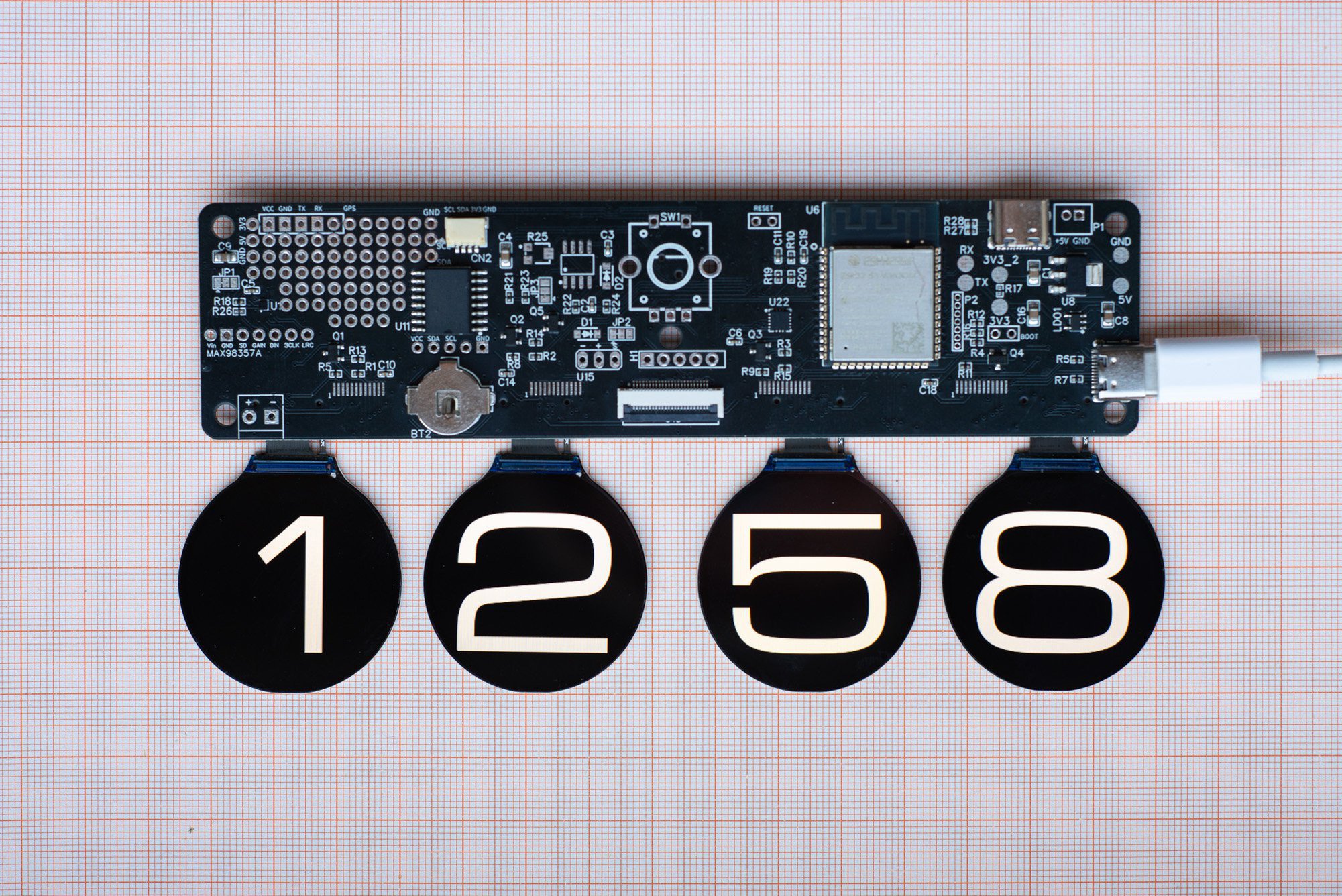Variscite VAR-SOM-AM62P is a system-on-module powered by Texas Instruments Sitara AM62P5 quad-core Cortex-A53 + Cortex-R5F SoC coupled with up to 8GB LPDDR4 RAM and 128GB eMMC flash, and designed for cost-effective multimedia applications. The SO-DIMM module offers high speed interfaces such as gigabit Ethernet and USB 2.0, a certified WiFi 6 and Bluetooth 5.4 module, and operating in the -40 to 85°C industrial range. As a VAR-SOM module, it’s pin-to-pin compatible with other modules from the family such as the VAR-SOM-6UL or VAR-SOM-IMX93. Variscite VAR-SOM-AM62P specifications: SoC – Texas Instruments Sitara AM62P5 CPU 4x Arm Cortex-A53 @ 1.4 GHz up to 12,880 DMIPS Arm Cortex-R5F real-time core up to @ 800 MHz GPU – 3D GPU with OpenGL ES 3.2 & Vulkan1.2 VPU – H.264/H.265 Video Encoder/Decoder No PRU System Memory – 1GB to 8GB LPDDR4 Storage – 8GB to 128GB eMMC flash Networking Gigabit Ethernet PHY (Analog Devices ADIN1300) […]
Tips to use a touchscreen display with Raspberry Pi OS in 2025
I’ve just reviewed the SunFounder 10.1-inch touchscreen display with Raspberry Pi 5 running Raspberry Pi OS, and the experience was not quite as smooth as I had expected, so I’ll report some tips to save people time. The first is the software keyboard. Matchbox keyboard used to be the go-to solution, but two years ago, my preferred keyboard became the Onboard keyboard. Sadly, it’s not working so well with the latest Raspberry Pi OS using labwc Wayland window-stacking compositor, so now Raspberry Pi recommends squeekboard. It was not installed by default, but installation is fairly easy:
|
1 |
sudo apt install squeekboard |
It did not show up automatically when trying to type in a text field, maybe because I’m using a third-party touchscreen keyboard, but going to Raspberry Pi Configuration and setting On-screen Keyboard to Enabled always in the Display tab fixed that. I was able to type a URL/web search terms in the URL […]
Review of SunFounder 10.1-inch touchscreen display for SBCs using Raspberry Pi 5 and Radxa ROCK 5B
SunFounder has just sent us one of their 10.1-inch touchscreen display designed for single board computers (SBCs) for review. It supports the Raspberry Pi family, but not only, thanks to a flexible design that allows mounting all sorts of boards with mounting holes that fit within an 85x70mm area. All you need is a board with HDMI output, a spare USB port for the touchscreen, and 5V USB-C input (up to 5A). So I’ll first test the SunFounder 10.1-inch touchscreen display with a Raspberry Pi 5 (85x56mm), then a larger Radxa ROCK 5 Model B Pico-ITX SBC (100 x 72mm). Since the display can also be used as an external touchscreen monitor, I’ll also try it with my laptop in Ubuntu 24.04 and Windows 11. SunFounder 10.1-inch touchscreen display specifications Key features and specifications: Display Type – IPS LCD Resolution – 1280×800 (16:10 aspect ratio) Touchscreen – 10-point capacitive Viewing […]
Halliday Proactive AI Smart Glasses feature invisible display, real-time translation, and hands-free control for $369+ (Crowdfunding)
Like the wearable voice-activated assistants last year (Rabbit R1 and Humane AI), smart glasses have become quite trendy and will likely be the most popular AI-enabled form factor this year. The Halliday smart glasses are a pair of AI-enabled smart glasses with an invisible display and a proactive assistant that “helps before you ask”. The Halliday smart glasses integrate a small display module into the frame, unlike the Loomos and Looktech smart glasses launched earlier this year through crowdfunding campaigns. The display module, DigiWindow, is described as “the world’s smallest display module at 3.5mm” and invisible to onlookers. It uses a monochrome green MicroLED with projection optics to allow users to access information without obstructing their field of view. The Halliday proactive AI smart glasses come in a lightweight frame, weighing only 35 grams. They can be controlled by voice, the included controller ring, a rapid button for shortcuts, or […]
TouchEye dual round touch display module features Raspberry Pi RP2040 or ESP32-S3 MCU (Crowdfunding)
Last December, Debashis wrote about the Waveshare Double Eye LCD module comprised of two round displays that can be useful for robotics or art projects since they can be made to look like googly eyes. The module is designed to be connected to a host MCU via an SPI interface. The TouchEye looks similar but offers larger 1.28-inch round displays (instead of 0.71-inch), and also adds a touch function. Instead of being connected to a host MCU via SPI like the Waveshare model, the TouchEye dual touch display module is a complete board with an onboard MCU that can be either a Raspberry Pi RP2040 or an Espressif ESP32-S3 that also offers WiFi and Bluetooth connectivity. Both boards also feature a USB-C port for power and programming, a microSD card slot, a GPIO breakout connector, and programmable buttons. TouchEye module specifications: MCU (one or the other) Raspberry Pi RP2040 dual-core […]
Renesas RA4L1 ultra-low-power MCU family offers 168 µA/MHz operation, dual-bank flash, capacitive touch
Renesas has recently introduced the RA4L1 ultra-low-power Arm Cortex-M33 MCU family along with two evaluation/development boards. This new lineup consists of 14 ultra-low-power devices based on an 80 MHz Arm Cortex-M33 processor with TrustZone support and designed for metering, IoT sensing, smart locks, digital cameras, and human-machine interface (HMI) applications. The RA4L1 MCU family offers high power efficiency at 168 µA/MHz while active and a standby current of 1.70 µA while retaining SRAM. Additionally, they support segment LCD, capacitive touch, USB-FS, CAN FD, low-power UART, multiple serial interfaces (SPI, QSPI, I2C, I3C, SSI), ADC, DAC, real-time clock, and security features like the RSIP security engine with TRNG, AES, ECC, and Hash. Renesas RA4L1 microcontroller Renesas RA4L1 specifications MCU core Arm Cortex-M33 core (Armv8-M) Up to 80 MHz operating frequency Arm Memory Protection Unit (MPU) 8 secure regions (MPU_S) 8 non-secure regions (MPU_NS) CoreSight ETM-M33 Dual SysTick timers (secure & non-secure) […]
Bapaco is a mechanical keyboard PC with an ultra-wide 12.3-inch touchscreen display (Crowdfunding)
Made by Shenzhen SIDIQIAO Technology, the Bapaco is a mechanical keyboard PC powered by an Intel Core i5-1235U 10-core Alder Lake SoC and equipped with a 12.3-inch ultra-wide touchscreen display with 1920×720 resolution. The keyboard PC is offered as a barebone model without memory or storage but supports up to 32GB RAM, an M.2 2280 NVMe SSD, and/or an M.2 2242 SATA 3.0 SSD. It also features an HDMI output to connect an extra display, WiFi 6 connectivity, a few USB ports, and a 3.5mm audio jack and stereo speakers. Bapaco specifications: SoC – Intel Core i5-1235U CPU – 10-core/12-thread hybrid Alder Lake U-Series processor with 2x Performance cores @ 1.3/4.4GHz, 8x Efficient cores @ 0.9/3.3GHz Cache – 12 MB Intel Smart Cache GPU – 80EU Iris Xe Graphics @ 1.2 GHz BPB: 15W System Memory – Up to 32GB DDR4 3200MT/s SO-DIMM single-channel memory Storage M.2 2280 NVMe PCIe […]
QuadClock PCB – An ESP32-S3 multi-display clock controller for DIY enthusiasts
The QuadClock PCB is an ESP32-S3-powered multi-display clock controller designed to serve as a foundation for creating a four-TFT-display clock. It supports up to four 1.69-inch rectangular TFT displays (240×280) or four 1.28” round displays (240×240). It manages essential functions such as driving the displays and maintaining precise time, allowing you to focus on crafting a unique enclosure or integrating additional features. It is open-source and is powered by the ESP32-WROOM-1 module with up to 16MB flash and 2MB PSRAM. It supports independent brightness control for each mounted display via four MOSFETs and includes an onboard real-time clock with a backup battery for accurate timekeeping. The QuadClock PCB is designed for enthusiasts and makers interested in creating multi-display clock projects. It can also be used for stock tickers, weather displays, and smart home dashboards. We previously covered the 2×2 Quad Display board with either Raspberry Pi Pico W or ESP32-S3-WROOM-1 […]



